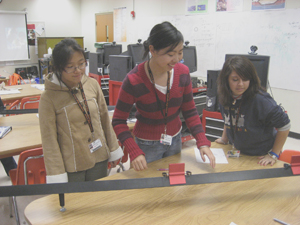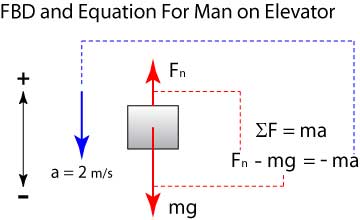 SC Standards
:
SC Standards
:
Indicators
P-2.1 Represent vector quantities (including displacement, velocity, acceleration, and force) and use vector addition.
P-2.2 Apply formulas for velocity or speed and acceleration to one and two-dimensional problems.
P-2.3 Interpret the velocity or speed and acceleration of one and two-dimensional motion on distance-time, velocity-time or speed-time, and acceleration-time graphs.
P-2.4 Interpret the resulting motion of objects by applying Newton’s three laws of motion: inertia; the relationship among net force, mass, and acceleration (using F = ma); and action and reaction forces.
P-2.5 Explain the factors that influence the dynamics of falling objects and projectiles.
P-2.6 Apply formulas for velocity and acceleration to solve problems related to projectile motion.
P-2.7 Use a free-body diagram to determine the net force and component forces acting upon an object
